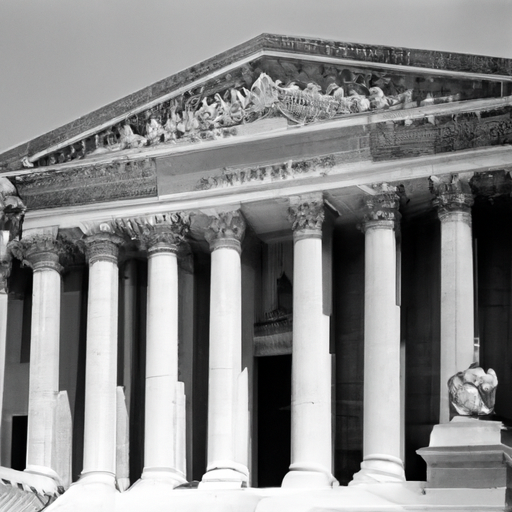Unveiling the Landmark Decision: What Did the Supreme Court Rule in 1956?
In 1956, the Supreme Court of the United States made a significant ruling that had a profound impact on the country’s legal landscape. This landmark decision, which is still studied and debated today, shaped the course of American history. Let’s delve into what the Supreme Court ruled in 1956 and understand its implications.
The case in question was called Browder v. Gayle, and it revolved around the issue of racial segregation on public buses in Montgomery, Alabama. At the time, African Americans were required to sit at the back of the bus and give up their seats to white passengers if the front of the bus became full. This discriminatory practice was a stark symbol of racial inequality and injustice.
The ruling in Browder v. Gayle came as a result of a long and arduous battle led by civil rights activists, including Rosa Parks, who famously refused to give up her seat on a Montgomery bus in 1955. The case was brought forward by a group of African American women, including Aurelia Browder, Susie McDonald, Claudette Colvin, and Mary Louise Smith, who had all experienced the indignity of segregation firsthand.
On December 20, 1956, the Supreme Court ruled in favor of the plaintiffs, declaring that racial segregation on public buses was unconstitutional. The Court held that such segregation violated the Equal Protection Clause of the Fourteenth Amendment, which guarantees equal treatment under the law for all citizens. This decision marked a significant step forward in the fight against racial discrimination and set a precedent for future civil rights cases.
The ruling in Browder v. Gayle had far-reaching consequences beyond the realm of public transportation. It inspired and emboldened civil rights activists across the nation, fueling the momentum of the burgeoning civil rights movement. The Montgomery Bus Boycott, a pivotal event that lasted for 381 days, was a direct response to the discriminatory bus policies and played a crucial role in bringing national attention to the issue.
The boycott, led by prominent figures like Martin Luther King Jr., demonstrated the power of nonviolent resistance and collective action. It showcased the determination and resilience of the African American community in their pursuit of equality and justice. Ultimately, the boycott resulted in a Supreme Court ruling in 1956 that declared segregation on public buses unconstitutional, leading to the desegregation of Montgomery’s bus system.
The significance of the Supreme Court’s ruling in 1956 cannot be overstated. It not only struck down a discriminatory practice but also paved the way for future legal victories in the fight against segregation and racial inequality. The decision served as a catalyst for subsequent civil rights legislation, including the Civil Rights Act of 1964 and the Voting Rights Act of 1965, which aimed to dismantle systemic racism and ensure equal rights for all Americans.
In conclusion, the Supreme Court’s ruling in Browder v. Gayle in 1956 was a landmark decision that declared racial segregation on public buses unconstitutional. This ruling, prompted by the courageous actions of civil rights activists, including Rosa Parks, sparked a wave of change and propelled the civil rights movement forward. It stands as a testament to the power of individuals and the importance of upholding equal rights and justice for all.




